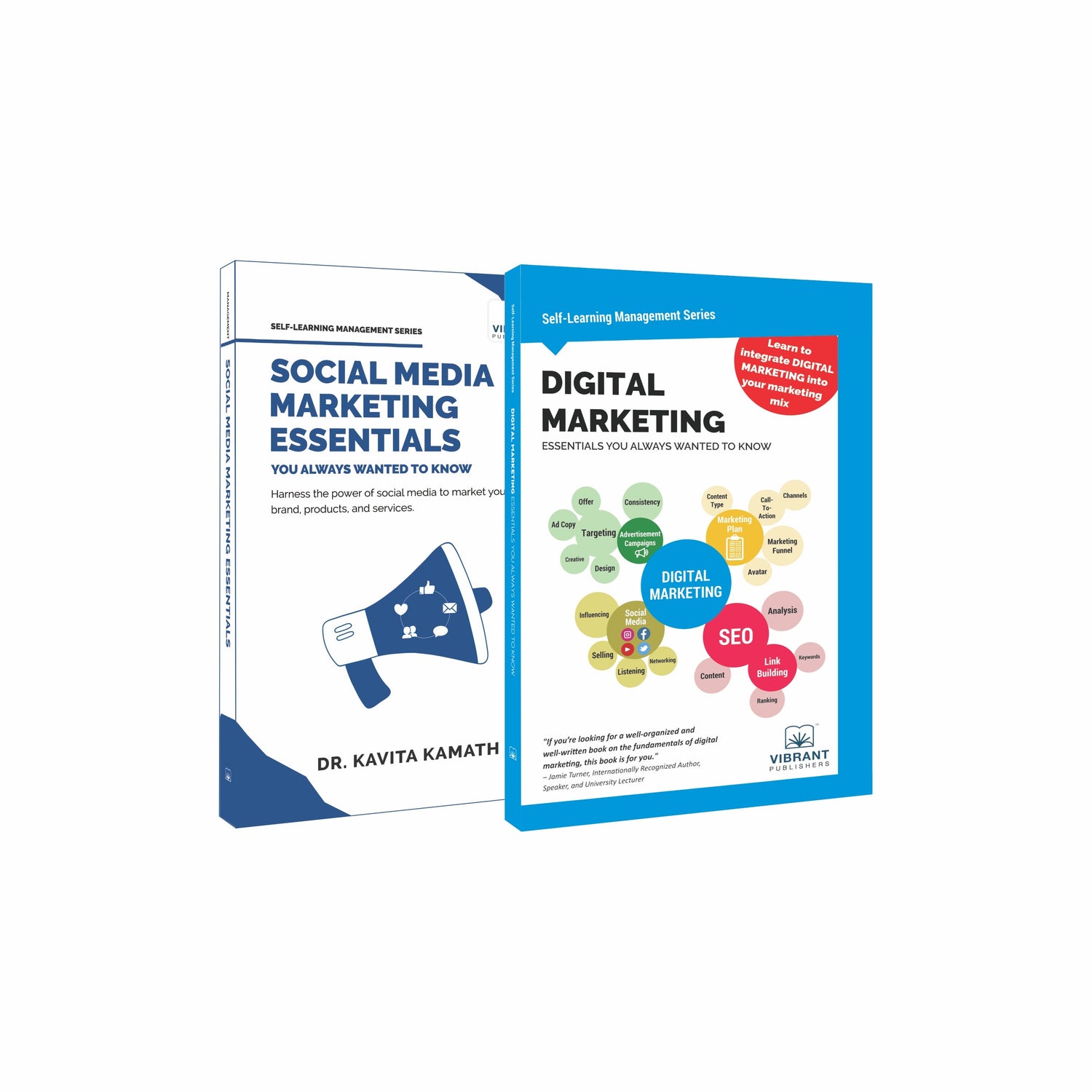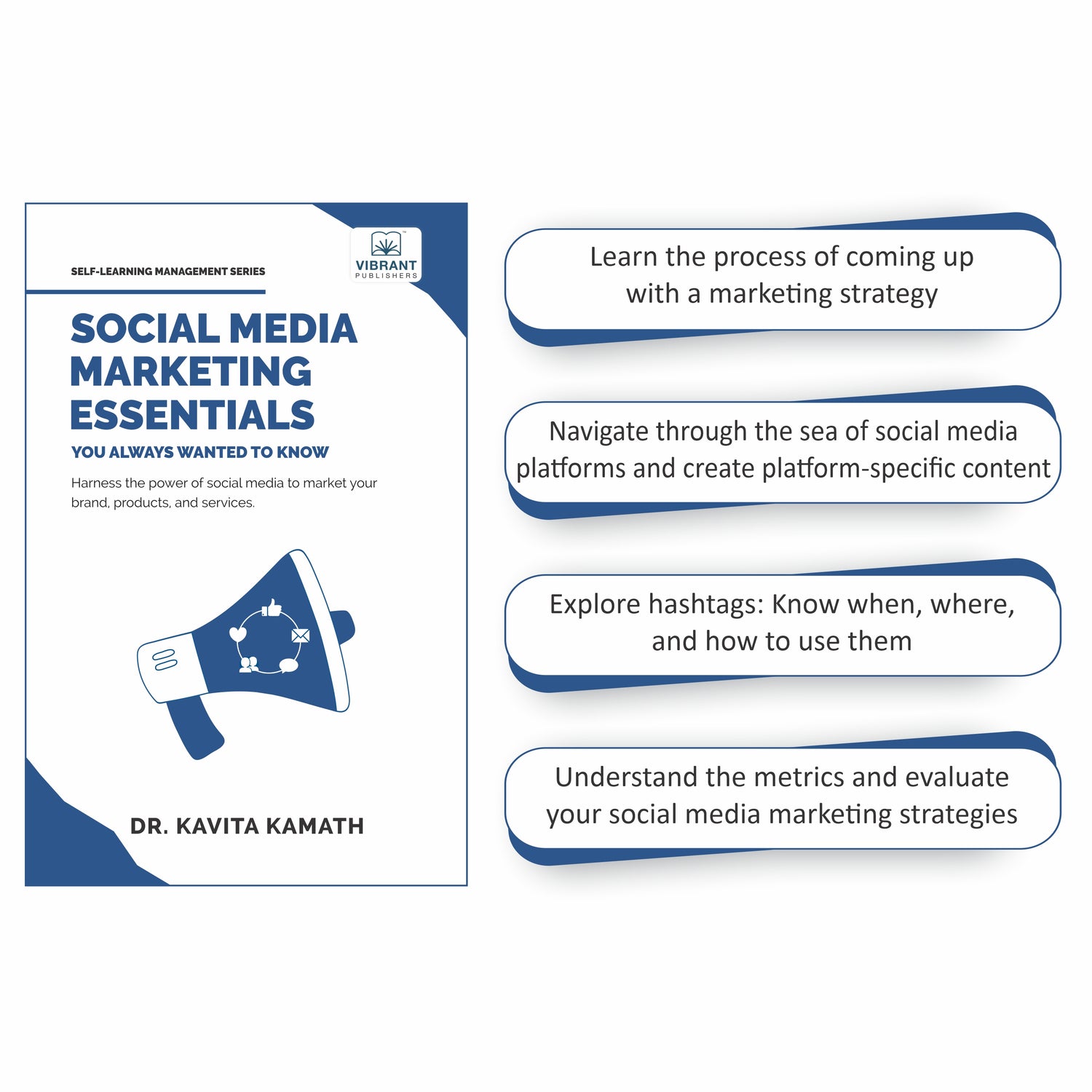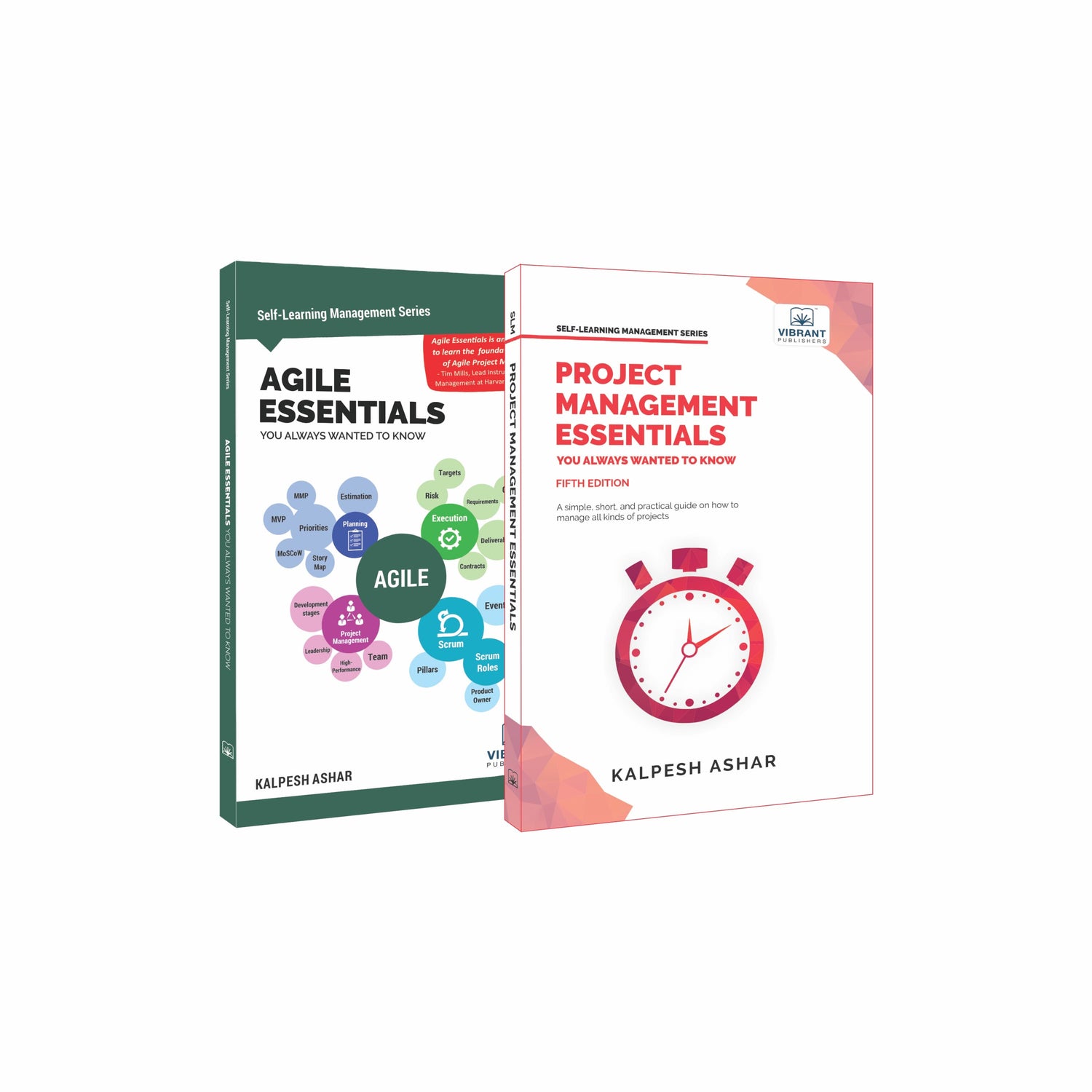Home
-
Blogs on Modern Marketing and Sales
-
Understanding Social Media Metrics: A Guide for Business Leaders

Understanding Social Media Metrics: A Guide for Business Leaders
In today’s digital-first world, social media has become an essential tool for business leaders, entrepreneurs, and professionals. However, simply having a social media presence is not enough. To ensure success, businesses must measure their social media marketing efforts using key metrics. Understanding these metrics helps in making data-driven decisions, optimizing marketing strategies, and maximizing return on investment (ROI).
In this guide, we will explore the most important social media metrics, their significance, and how they can be used to drive business growth.
Why Social Media Metrics Matter
Social media marketing is more than just posting content—it’s about engaging the right audience, building brand awareness, and driving conversions. Without proper tracking, businesses risk wasting time and resources on ineffective strategies. Metrics provide valuable insights into what works and what doesn’t, allowing businesses to refine their approach and achieve better results.
Key Social Media Metrics Every Business Leader Should Track
1. Engagement Metrics – Measuring Audience Interaction
Engagement is what sets social media apart from traditional marketing. For business leaders, tracking engagement is key to understanding how well your content resonates with your audience. Here are some essential engagement metrics:
-
Likes, Comments, Shares & Retweets – Show how interactive and appealing your content is.
-
Clicks – Indicate how many people are taking action on your posts.
-
Engagement Rate – A critical metric that measures interactions relative to your audience size.

Example: Starbucks frequently engages its audience by asking questions in posts, encouraging comments and shares. This interactive approach fosters brand loyalty and organic reach.
2. Reach & Impressions – Understanding Content Visibility
Reach – The total number of people who see your content.
- Monitor your average reach for posts, stories, and videos.
- Track the percentage of reach from followers vs. non-followers. More non-followers = better algorithm performance!
Impressions – The total number of times your content is viewed.
- Can be higher than reach if users see your post multiple times.
- Different platforms measure impressions differently:
- Facebook: Every time an ad appears on screen.
- Twitter (X): Each time a tweet is viewed.
- Instagram: Views on ads, stories, reels, and posts.
Why It Matters?
A high impression-to-reach ratio means your content is catching attention and being revisited!
3. Social Share of Voice (SSoV)
Social Share of Voice (SSoV) helps businesses understand how much of the industry conversation revolves around their brand. It measures total brand mentions across social media platforms and provides insights into brand awareness and competitive positioning.
How to Calculate SSoV?
(Your Brand Mentions ÷ Total Industry Mentions) × 100
Example: If McDonald's gets 200 mentions while competitors (Burger King, Wendy’s, Taco Bell, and KFC) have 800 mentions, the total industry mentions are 1000.
McDonald’s SSoV = (200 ÷ 1000) × 100 = 20%
A higher SSoV means stronger brand awareness and a more visible social media presence.
4. Response Rate and Time
Studies have shown that over 70% of respondents engage with the brands that they follow on social media. A slow response can lead to lost opportunities, while a quick reply builds trust and loyalty. Tracking response rate and response time helps businesses measure their customer interactions and improve engagement.
Key Metrics to Track:
Customer Response Rate – Measures how often your brand replies to customer interactions.
- Formula: (Responses Given ÷ Total Engagements) × 100
- Example: If 100 customers engage and you reply to 75, your response rate is 75%.
Response Time – The average time taken to reply to a customer.
- Most customers expect a reply within 24 hours.
- Some expect responses in less than an hour!
5. Return on Investment (ROI)
For business leaders and entrepreneurs, social media marketing isn't just about posting content—it’s about generating real business value. Return on Investment (ROI) helps determine whether your efforts are translating into tangible results, such as increased revenue, brand awareness, or customer engagement. Measuring ROI ensures that every dollar spent on social media contributes to business growth.
Here’s how you can track and improve your social media ROI:

Why It’s Important:
Tracking ROI ensures that your social media strategy is results-driven. If engagement is high but sales are low, you may need to adjust your approach.
6. Influencer Campaign Metrics
Influencer marketing has become a powerful tool for brands to boost their visibility, credibility, and sales. By partnering with the right influencers, businesses can tap into their established audience and drive engagement. However, tracking the success of an influencer campaign is crucial to ensure maximum return on investment (ROI). Here are the key influencer campaign metrics every business leader should monitor:
1. Return on Investment (ROI)
- Measures the revenue or profit generated from an influencer campaign versus its cost.
- Formula: (Revenue from Campaign ÷ Cost of Campaign) × 100
- A high ROI means the campaign is delivering strong financial results.
2. Engagement Rate
- Tracks how actively followers interact with the influencer’s content.
- Look at likes, comments, shares, and saves to measure engagement quality.
3. Follower Growth
- A successful influencer campaign should lead to an increase in brand followers.
- Monitor the before and after impact of the collaboration on your social media pages.
4. Cost Per Post & Branded Content Performance
- Evaluates whether the investment in influencer posts is cost-effective.
-
Analyze reach, impressions, and conversions for sponsored posts.
5. Influencer Credibility & Fit
- Choose influencers with high engagement, niche relevance, and audience authenticity.
- Tools like social media monitoring platforms help find the right influencers already talking about your brand.
Pro Tip: Influencer marketing is now a $10 billion industry and continues to grow. Choosing the right influencers and tracking these key metrics can make all the difference!
Final Thoughts: Take Your Social Media Marketing to the Next Level
Understanding and tracking social media metrics is essential for business leaders who want to maximize their digital marketing efforts. By leveraging data-driven strategies, businesses can optimize engagement, enhance brand reputation, and drive revenue growth.
To dive deeper into social media marketing strategies, analytics, and best practices, check out Social Media Marketing Essentials by Vibrant Publishers. This book provides in-depth insights and practical guidance to help you master the art of social media marketing.
Get your copy today and start making data-backed marketing decisions!
Share











